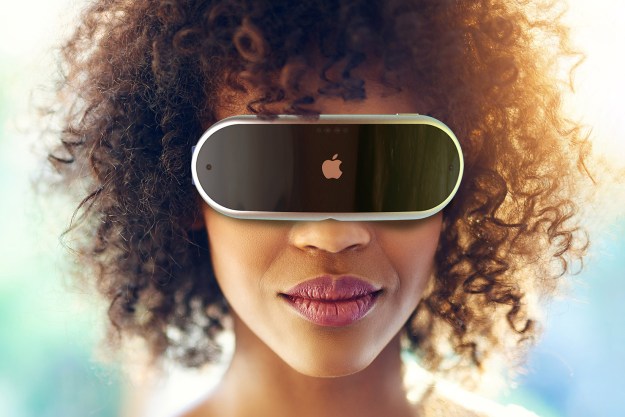When many of us think of virtual reality, the immediate association is with gaming. VR is capable of transporting us to amazing other worlds totally unlike anything we experience here on Earth. But VR can do so much more than that — as we’ve explored through previous stories looking at virtual reality as a tool for everything from treating post-traumatic stress disorder to helping people empathize with others in different life situations.
With this in mind, Los Angeles-based VR studio Embodied Labs recently developed a virtual experience intended to put users in the shoes of a person with Alzheimer’s disease, the most common type of dementia in the United States. Called The Beatriz Lab: A Journey Through Alzheimer’s Disease, it’s designed as a training tool to give caregivers the ability to better understand the important role they play in the lives of those people they are looking after. The VR experience follows Beatriz, a fictitious math teacher in her 60s, who is experiencing the effects of Alzheimer’s.
“The goal behind The Beatriz Lab is to allow someone who cares for, or cares about, a person with Alzheimer’s disease to experience what life is like — not just by putting people into situations that focus on how Alzheimer’s negatively affects quality of life, but by showing them the ways that you can enjoy and find meaning in life alongside Alzheimer’s disease,” Erin Washington, co-founder at Embodied Labs, told Digital Trends. “Using the Embodied Labs application, learners are guided into putting on the headset and becoming Beatriz, experiencing what it is like to shop, go to the park, cook, bathe, talk, be in familiar places that become unfamiliar, and spend time with loved ones — all as a person whose brain is becoming increasingly entangled with amyloid beta plaque, which increasingly interferes with communication in the brain.”
Embodied Labs is offering its technology as a training tool around the world. So far, it has been used to help teach more than 2,000 caregivers across 50 organizations. The headset retails for $2,000, with a monthly subscription fee of $250 to $600, depending on the size of the organization. The team has created similar tools based around hearing and vision loss, as well as end-of-life conversations.
“So far, our subscribers come from academic institutions training doctors, nurses, physician assistants, social workers, certified nursing assistants, [and] physical therapists, in addition to long-term care facilities, home health organizations, hospices, and nonprofits,” Washington said.
Editors' Recommendations
- We finally might know what Apple will call its AR/VR headset
- HTC aims to turn your carpool into a VR roller coaster
- Solving VR’s ‘infinite walking’ problem with moon boots
- NASA video shows you what it’s like to plunge through Venus’ atmosphere
- The future of immersive VR? ‘Chemical haptics’ applied to your skin


